The beautiful Mui Ne beach
Mui Ne beach is one of the most famous attractions in Phan Thiet and it has a natural beauty with white sand, blue sea and green coconut tree line along the beach.
The name ‘Mui Ne’ interestingly has many origins. The first meaning comes from the fishing people in the past. They usually faced sea storms, so they used to hide in a cape, which was called ‘Mui’ in Vietnamese, and ‘hide’ meant ‘Ne’. The second one originated as the name of the youngest daughter of Cham King – who was known as the owner of this land. Her alias was Ne, therefore, the cape where her temple was built, was called ‘Mui Ne’.
Mui Ne is also surrounded by unique natural formations, verdant mountains, and remnants of the ancient Champa Kingdom. The iconic Red and White Sand Dunes both offer a fun-filled day of riding ATVs and sliding down the slopes on plastic sleds while Fairy Stream is a photography hotspot thanks to its dramatic landscape of white and red sand dunes, verdant trees, blossoming flowers, and coconut palms. Another must-visit in Mui Ne is Linh Son Truong Tho Pagoda atop Ta Cu Mountain, which houses Vietnam’s largest statue of a reclining Buddha.
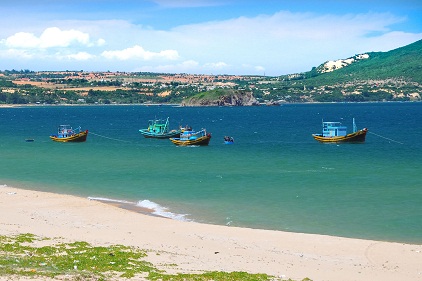
The southern area of Mui Ne Beach is dedicated to swanky retail outlets selling quality beachwear, clothes, local handicrafts, and jewellery. There are also plenty of kitesurfing schools offering short courses and equipment rentals. Thanks to its rock-free waters, Mui Ne Beach is ideal for a day of swimming, kitesurfing, kayaking, and surfing. The best time to enjoy these activities are between the months of November and March, when skies are sunny with strong winds, resulting in optimum temperatures and wave conditions.
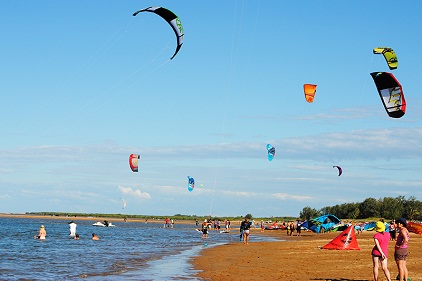
The rock-free water makes it relatively safe for the kite surfers. There are also some Kite Surfing Schools, in which kite surfing starters are helped to launch the kite by beach boys. For starters who want more self-practice, you can try the western part front around Kite Surfing School Windchimes, where there are not many surfers, so that you can avoid unwanted accidents.
See more
-
.jpg)
Dau Go Cave
Floating on the emerald water, Đầu Gỗ Island (Wooden Head Island) is amongst the most famous tourist attractions in Halong Bay. Inside Đầu Gỗ Island, tourists will...
-
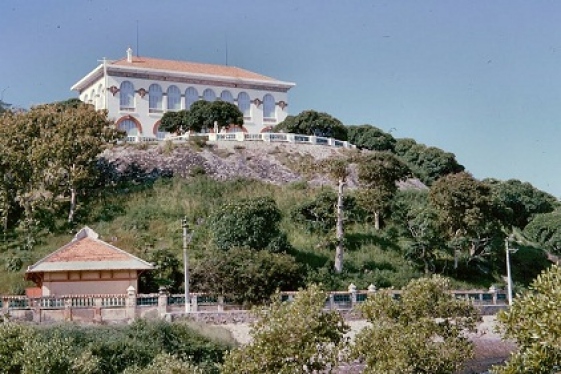
Visiting White Palace
White Palace is an European architecture in the late 19 th century and it is located on the slope of Large Mountain. It was used to be as a relaxing place for the governor...
-

Han River Bridge
Han River Bridge is a symbol for new vitality and the developing desire of Danang and crossing the romantic Han River in Da Nang . Each year, Han River Bridge attracts ,many...
-
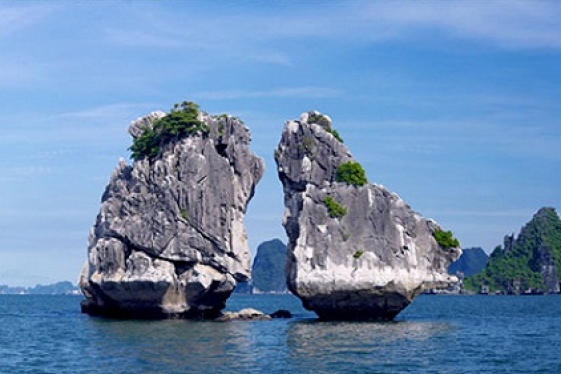
Kissing Rocks
With thousands of islets of different shapes and sizes on its surface, there are countless stories about them in Halong Bay. Among those beautiful islets, there are two most...
-
.jpg)
Tu Duc Tomb
Located in a narrow valley in Duong Xuan Thuong Village, 8km from Hue City, Tu Duc Tomb is considered as one of the most beautiful and picturesque and largest works of...
-

Cai Rang Floating Market
Cai Rang floating market is one of three largest floating market in Can Tho . The unique feature of Cai Rang floating market is selling all kind of fruits that are...
-
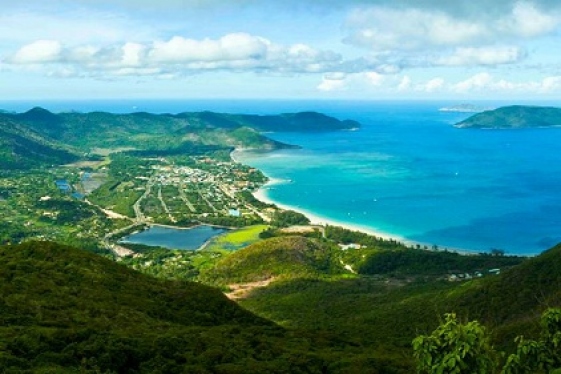
Con Dao National Park
Con Dao is a tourist island and is ranked one of 10 mysterious islands in the world by Lonely Planet. Besides, Con Dao National Park is the 6th Ramsar in the world, and the...
-
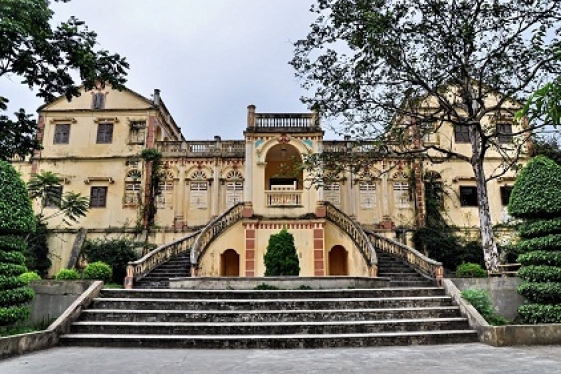
Hoang Yen Chao Castle
Hoang Yen Chao Castle is a unique architectural construction combining Eastern style and Western style. Built in the 20th century, it belongs to Na Hoi Tho Village, Bac Ha...
-

Ly Quoc Su Pagoda
Located at 50 Ly Quoc Su Street in the Old Quarter, only 50m from St Joseph's Cathedral, Ly Quoc Su Pagoda is one of the oldest ones of its kind in Hanoi
-
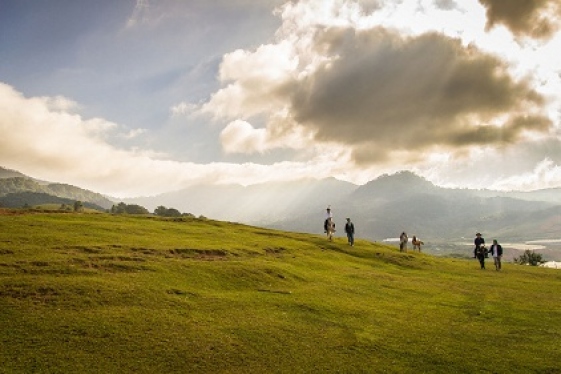
Lang Biang Plateau
Lang Biang is considered as a rooftop of Dalat. To reach the Lang Biang peak mountain, visitors have to walk through the pine forest then open up a majestic landscape....
Destinations
Most popular tours
-
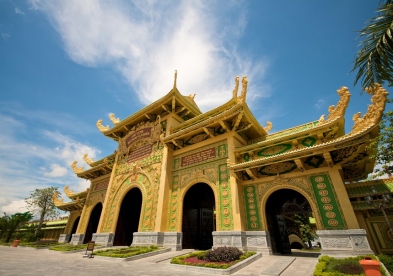
Best of Vietnam
Price from: 1.455 US$
-
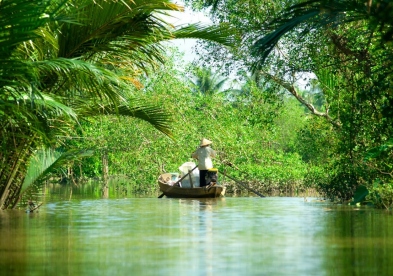
Mekong Delta Tour 2 Days
Price from: 96 US$
-
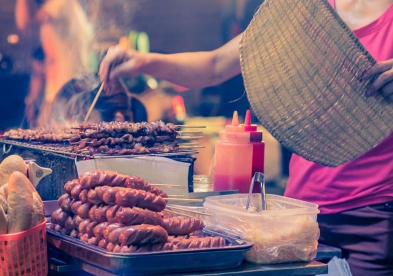
Hanoi Street Food Discovery
Price from: Contact
-

Vietnam Family Adventure
Price from: 1.320 US$
Business info
Vietnam Local Guide
- Address: 18th Floor, VTC Online Tower, 18 Tam Trinh Str.,Hai Ba Trung Dist., Hanoi, Vietnam
- Email: info@vietnamguider.com
- Phone: (+84) 0904989890
- Hotline: (+84) 0904989890